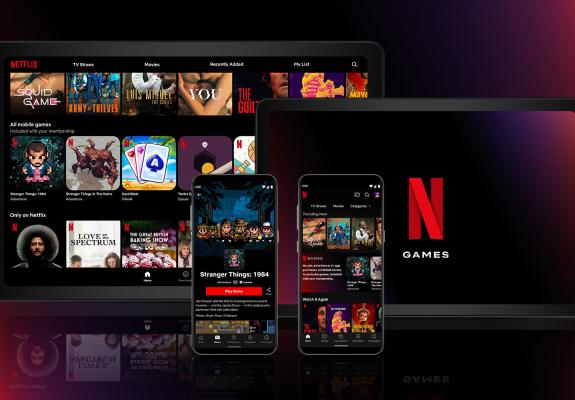The AI Arena: Beyond ChatGPT
The AI landscape has shifted dramatically, and while ChatGPT might be the household name, the race for LLM dominance is far from a one-horse affair. What started as a fascinating experiment has exploded into a battleground of innovation, with each player pushing the boundaries of what's possible.
OpenAI's ChatGPT ignited the current AI frenzy. Its familiar chat interface has become synonymous with generative AI for many. But OpenAI hasn't rested on its laurels. Beyond simple text generation, ChatGPT now handles file uploads for context, generates images, and boasts increasingly sophisticated reasoning. The recent introduction of the "Canvas" interface is a game-changer, especially for coding and writing. This interactive workspace allows users to provide granular feedback on specific sections of the AI's output, streamlining the iterative process. OpenAI's relentless push for feature enhancements keeps them firmly in the lead, but the competition is fierce.
Google, the company that arguably laid the foundation for modern LLMs, is now a formidable competitor with Gemini. Leveraging its vast AI resources, Gemini offers multimodal capabilities, processing images, files, and more alongside text. The recently unveiled Gemini 2.5 models have showcased impressive reasoning capabilities, sparking debates about whether they can surpass ChatGPT in specific tasks. The "Gemini Live" feature on the mobile app is particularly noteworthy, allowing for natural language interactions, even with interruptions and in languages like Greek, demonstrating a focus on intuitive, real-world usability.
Anthropic, a high-profile AI startup, has carved out a niche with its focus on user experience. Claude's interface is widely praised for its clarity and ease of use. But it's not just about aesthetics. Claude's models are remarkably powerful, particularly in coding tasks. The latest Claude 3.7 is being touted as a "hybrid" model, a first step towards combining traditional LLM strengths in language with dedicated reasoning modules. This approach could herald a new era of specialized AI capabilities.
DeepSeek, a Chinese AI model, has taken the tech world by storm. Its claim to fame? Reportedly being built at a significantly lower cost than ChatGPT, while delivering impressive performance. DeepSeek excels in reasoning and, surprisingly, demonstrates strong capabilities in writing Greek text. This unexpected proficiency in a less common language highlights the model's adaptability and broad linguistic understanding.
Hailing from France, Mistral AI is making waves with its open-source models and its own user interface, "Le Chat". Mistral's models are known for producing concise, clean results without the verbosity often seen in other LLMs. This efficiency and clarity make it a compelling alternative for users seeking precise and focused outputs. Mistral's commitment to open-source development is also significant, potentially fostering greater transparency and collaboration within the AI community.
The future is multimodal, agentic, and competitive. The LLM race is far from over. Multimodal capabilities, specialized reasoning, and user-friendly interfaces are becoming the new battlegrounds. As these players continue to innovate, we can expect even more powerful and versatile AI tools to emerge, reshaping how we interact with technology. The question isn't just who will win, but how these advancements will redefine our digital world.






